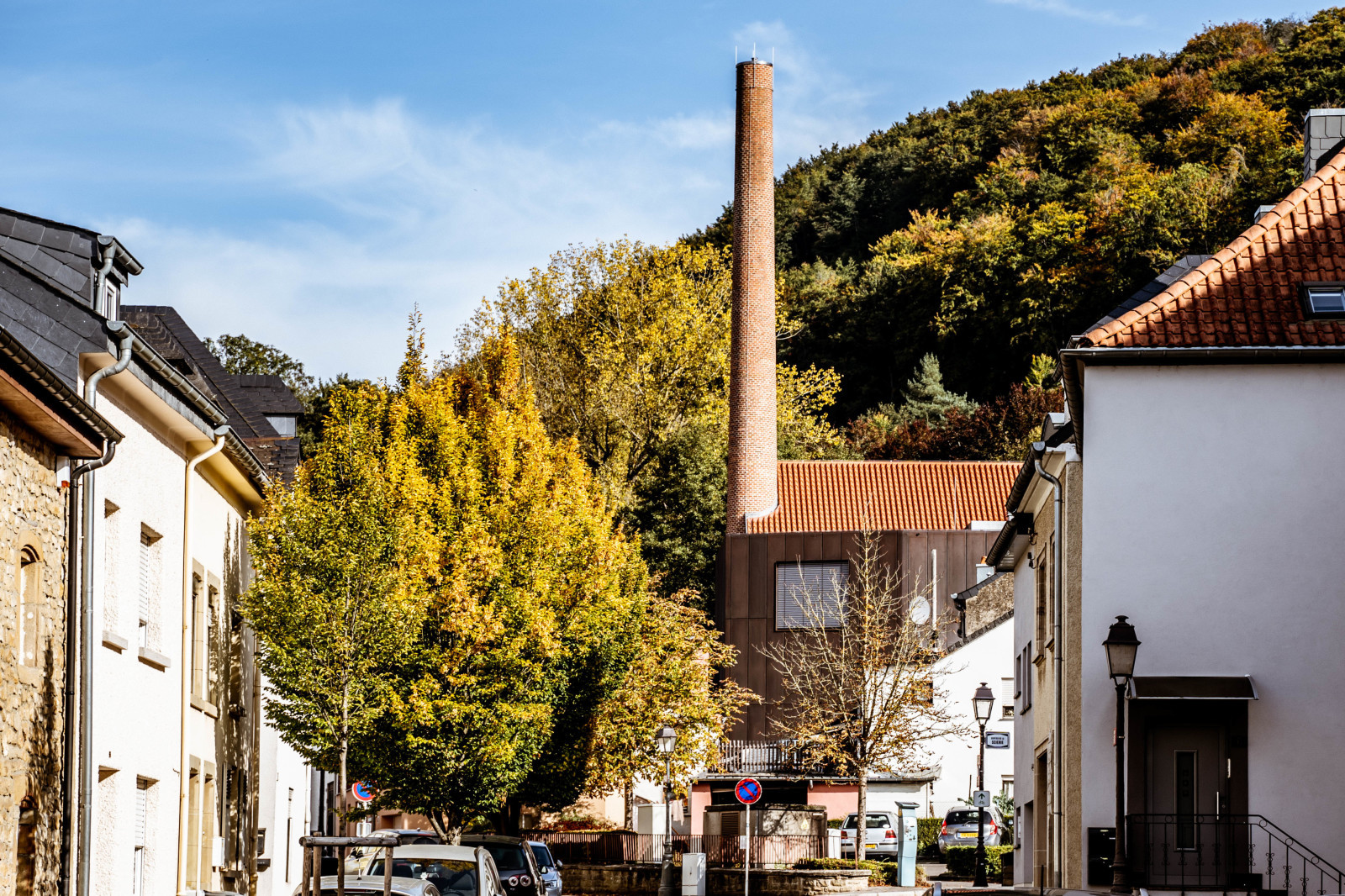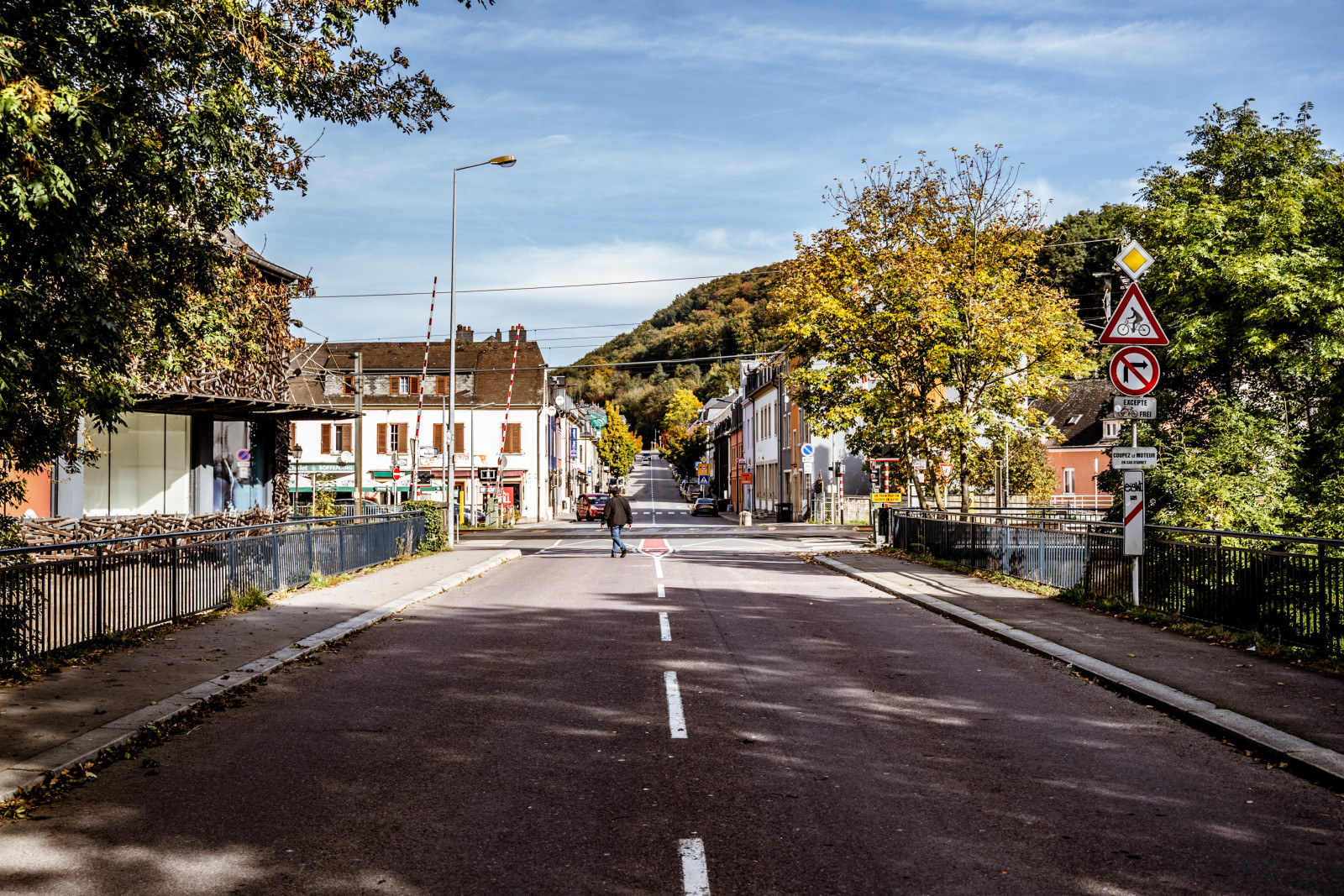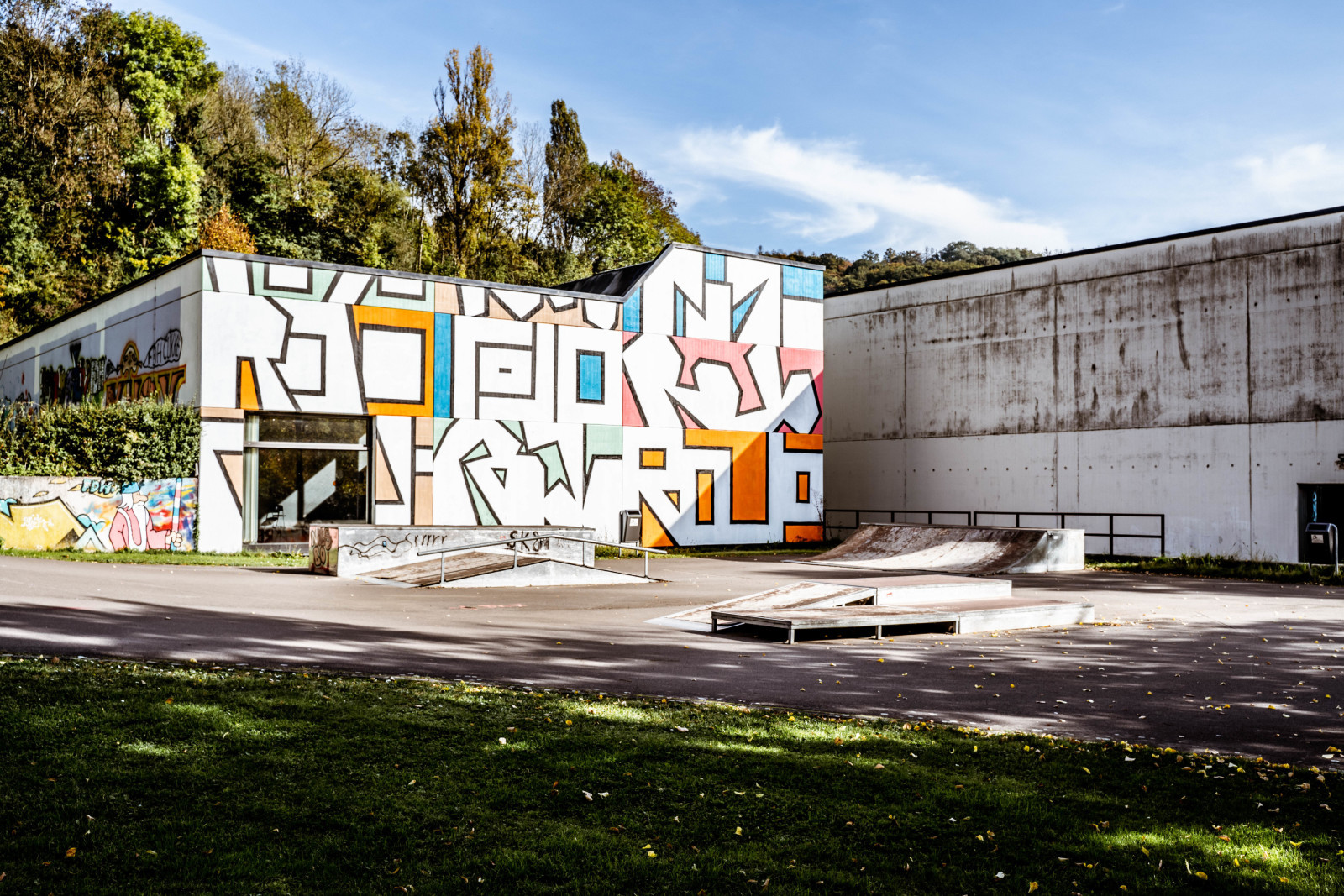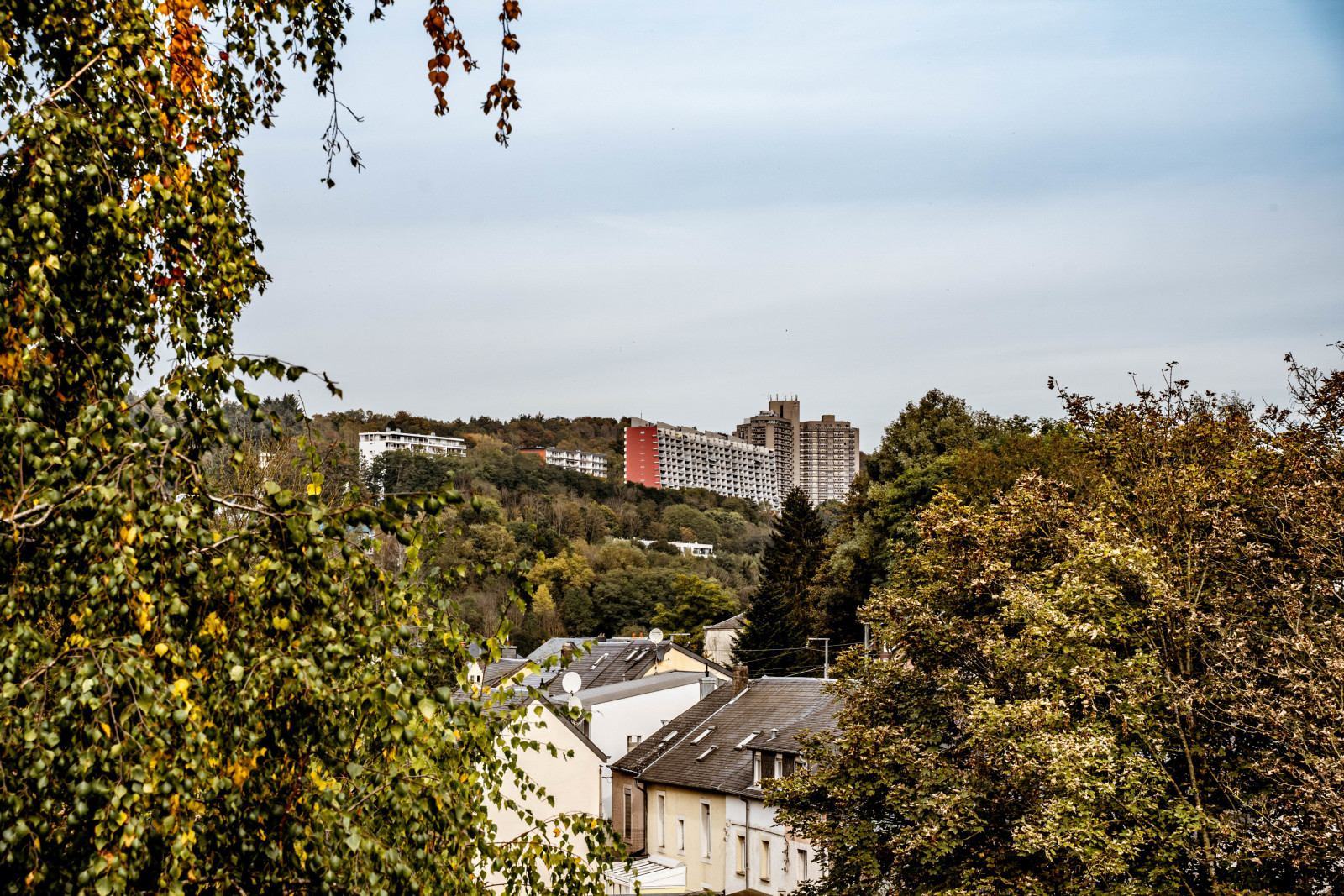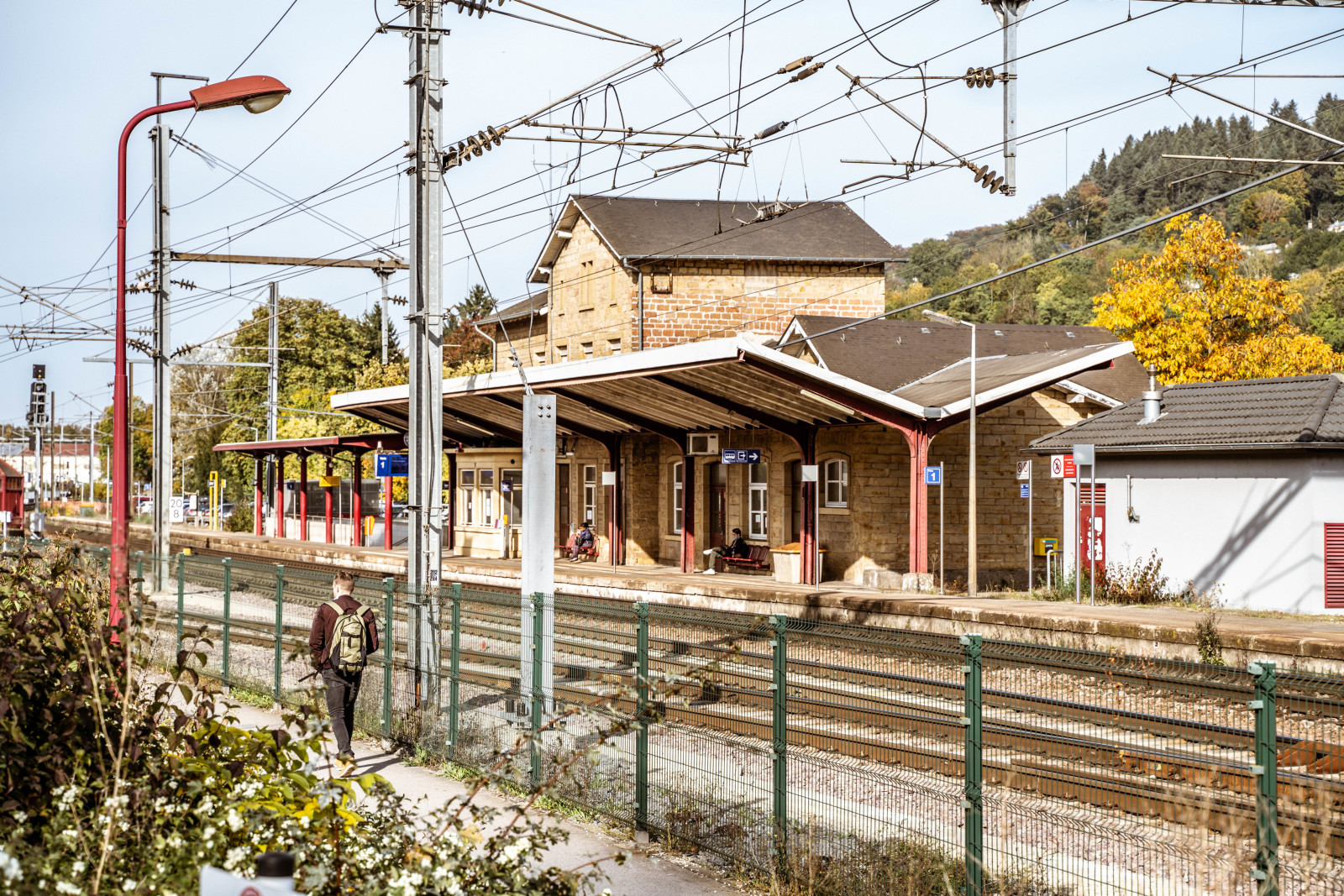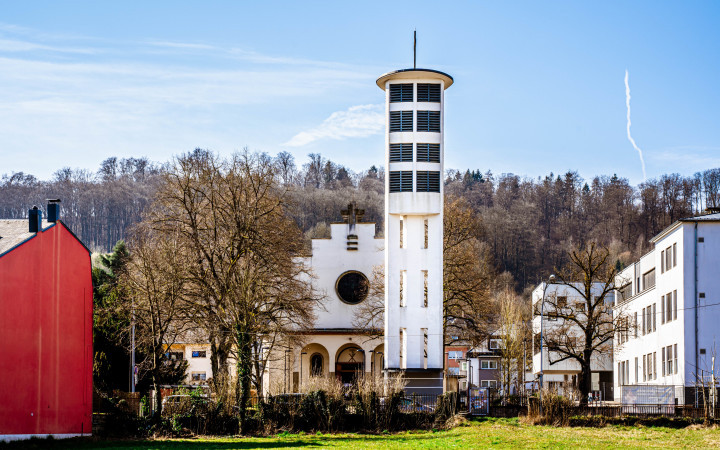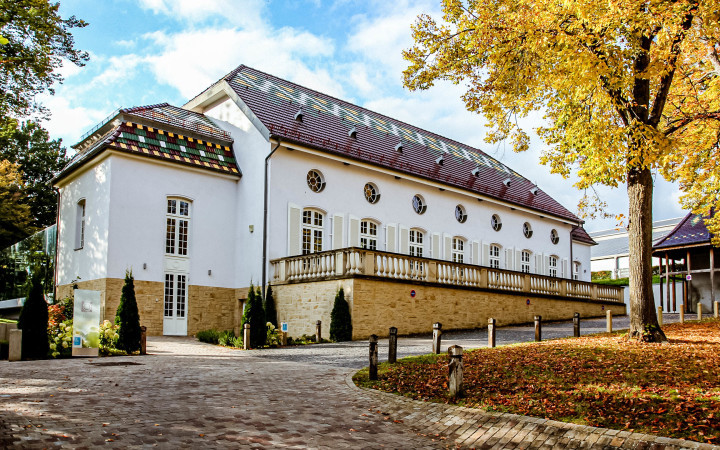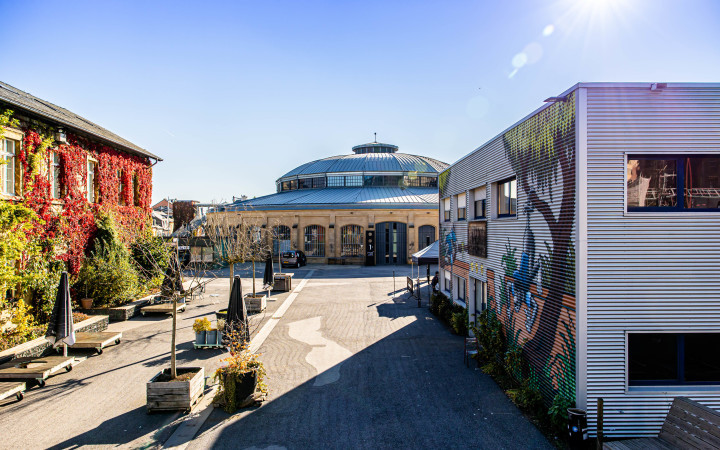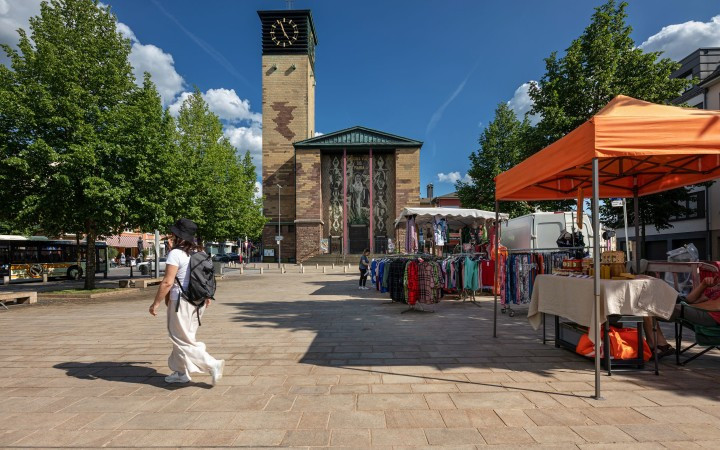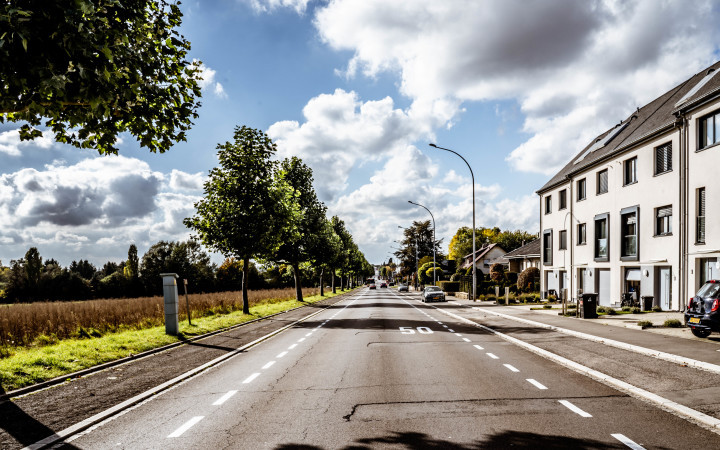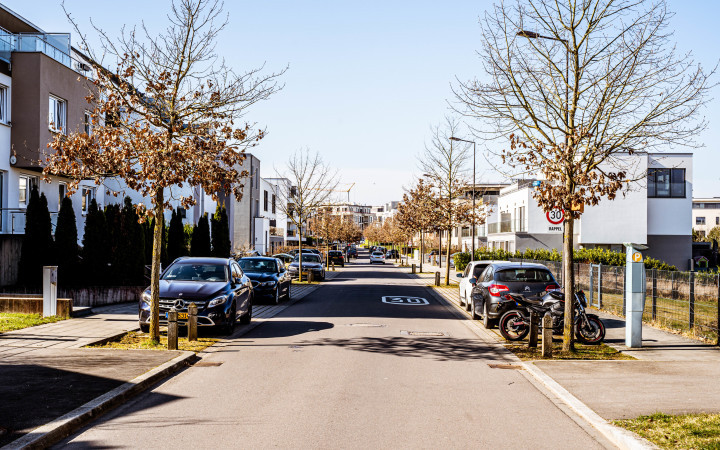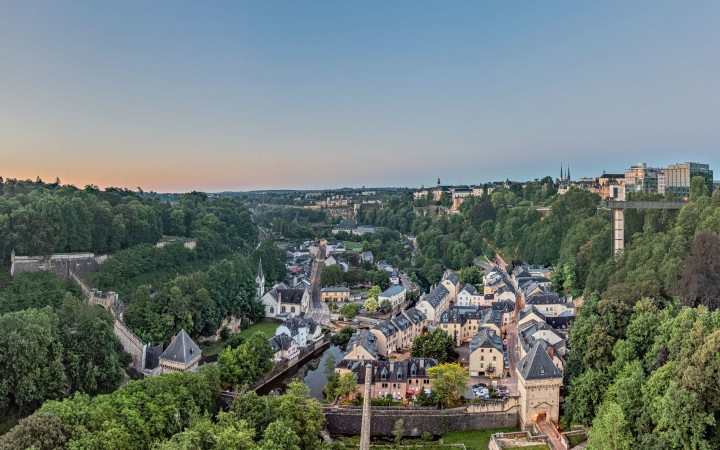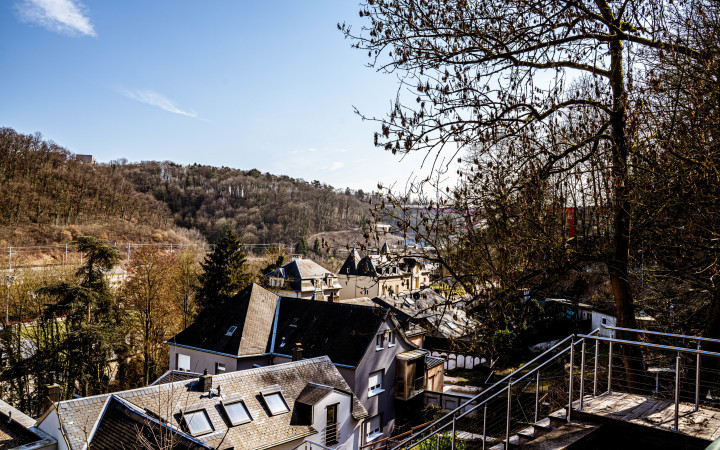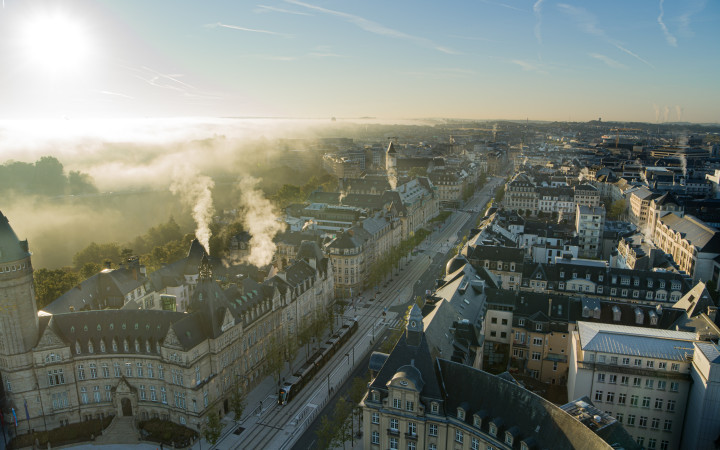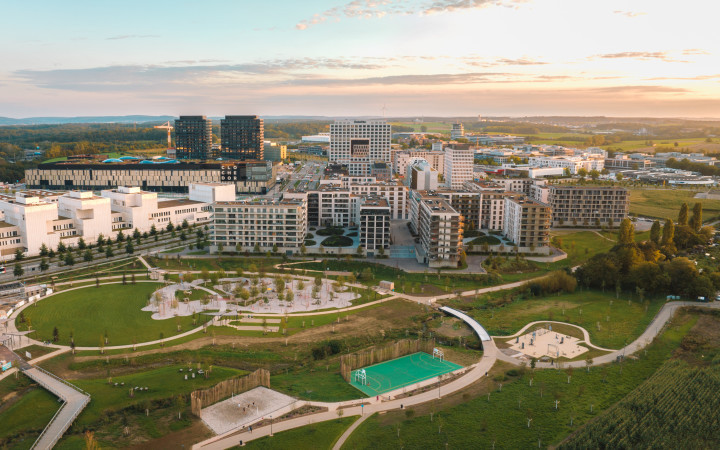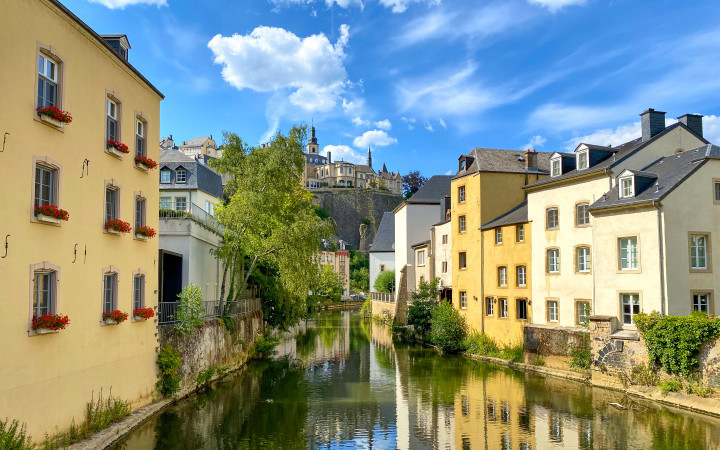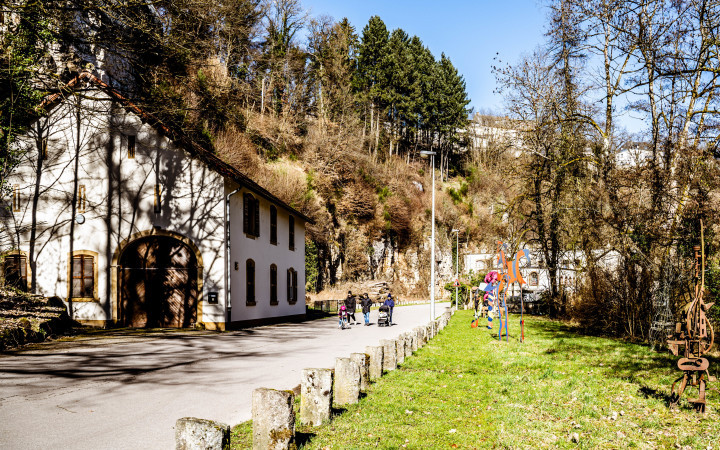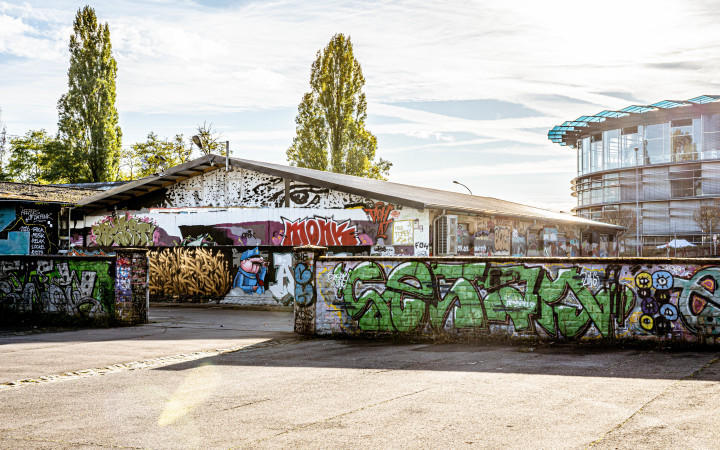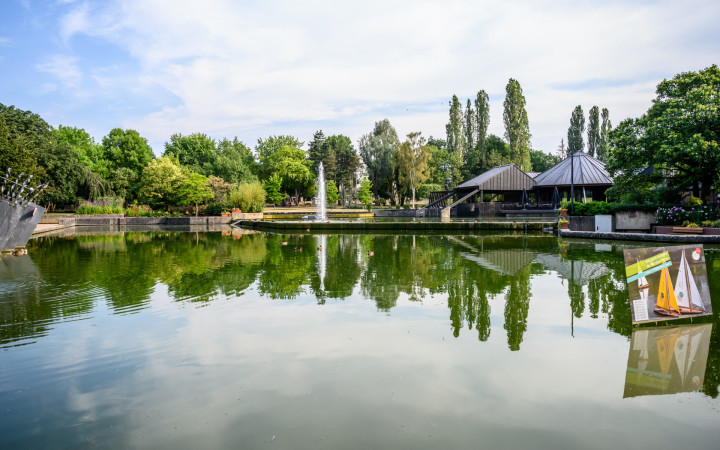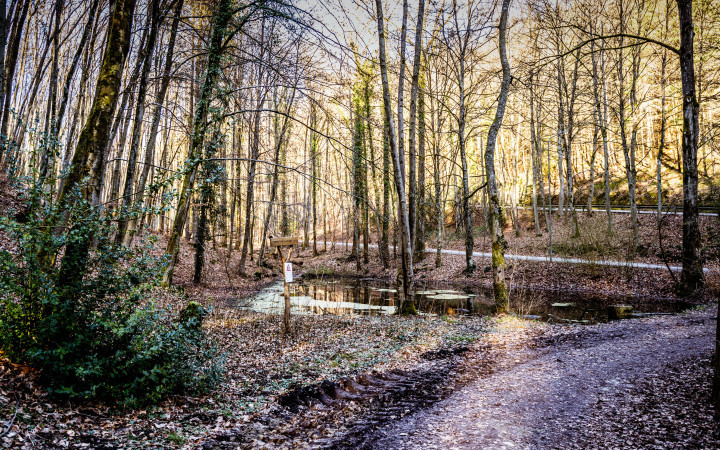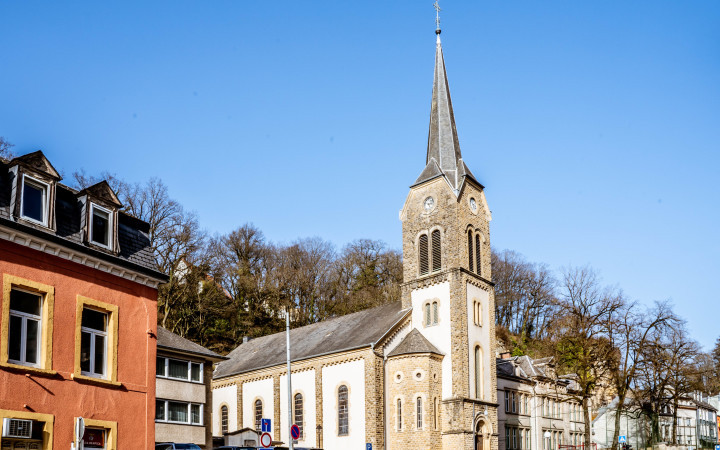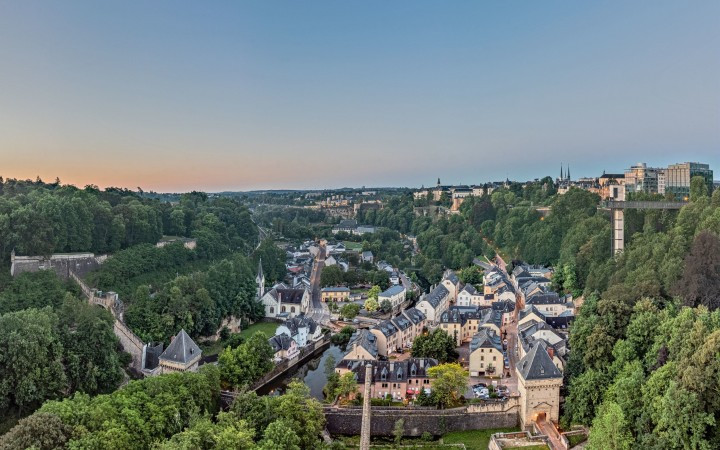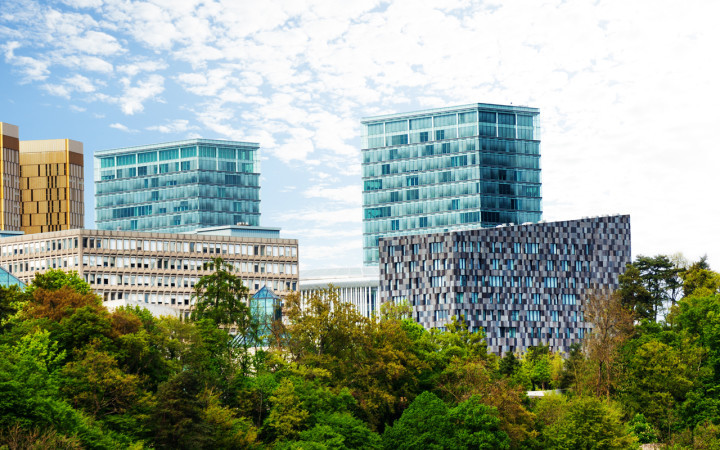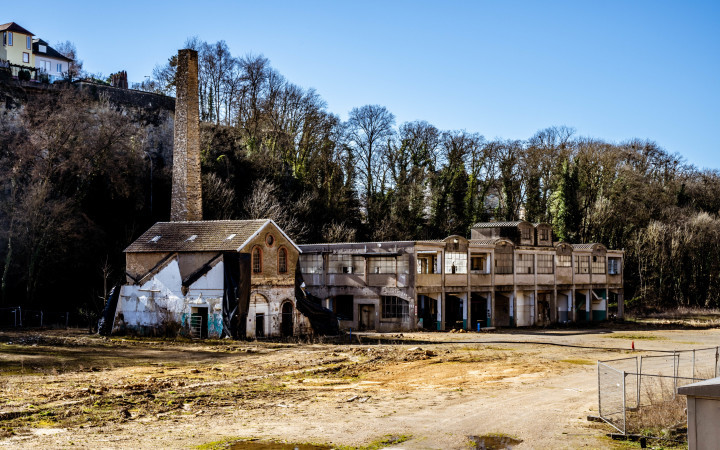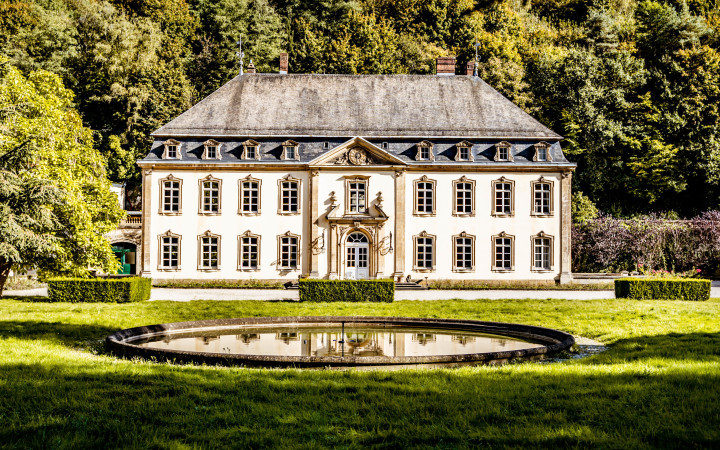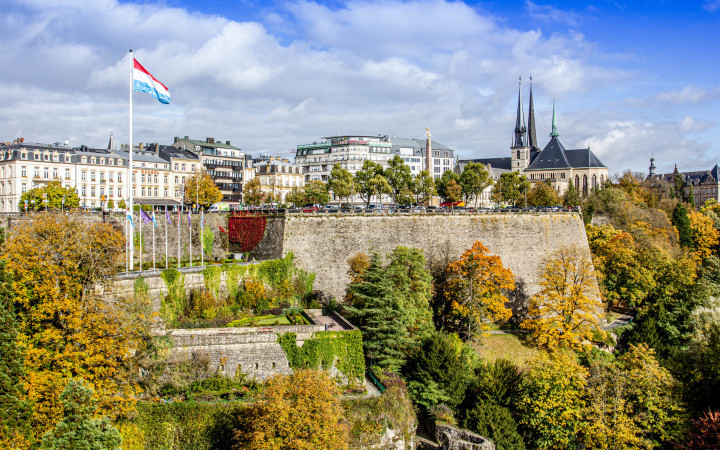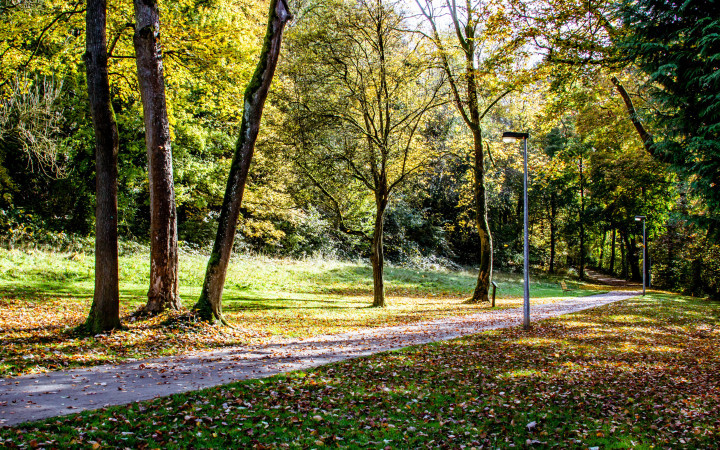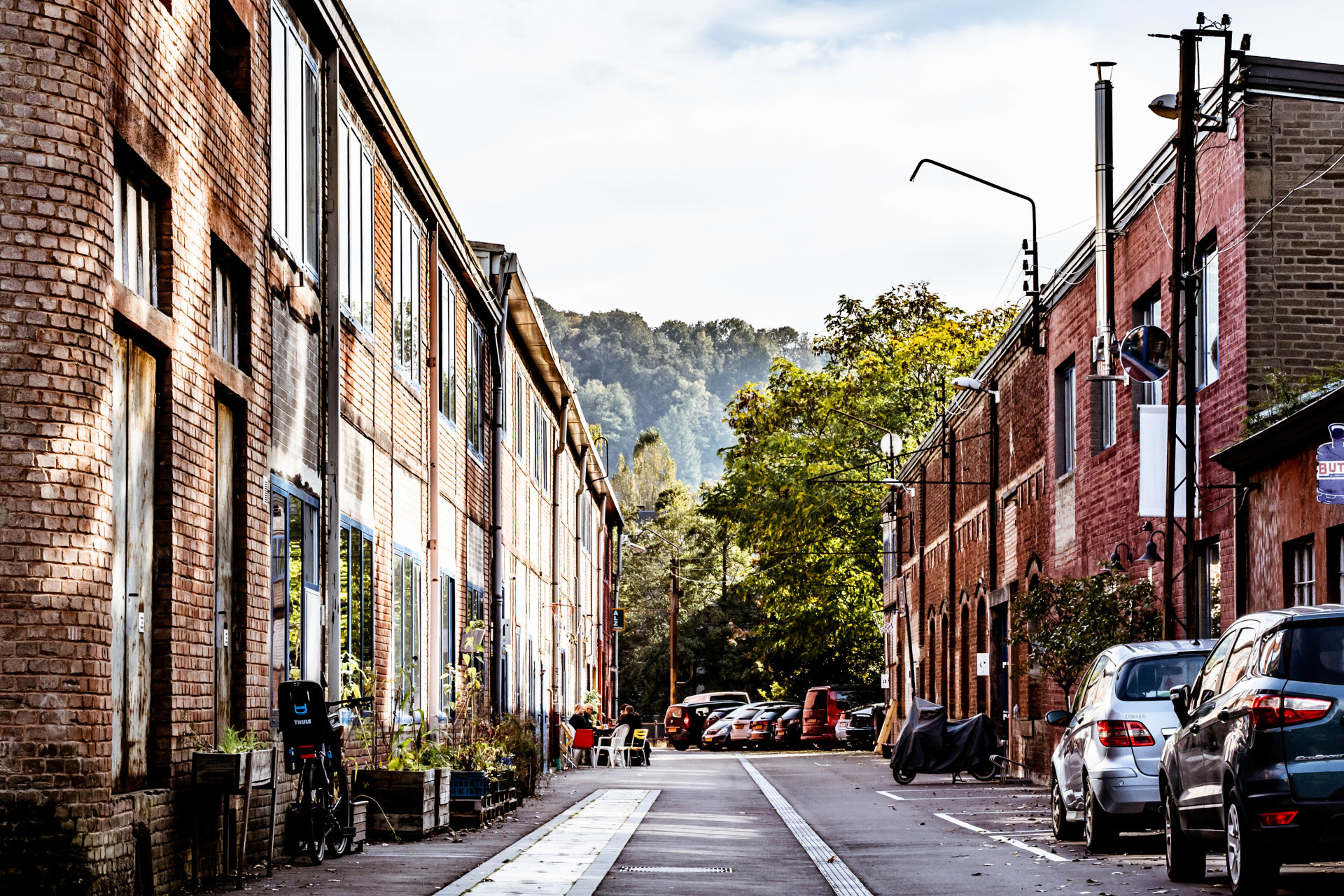
Dommeldange
It’s hard to imagine today, but the picturesque district of Dommeldange, in the north of the capital, is considered the cradle of Luxembourg’s iron and steel industry. Back in 1609, blacksmith Jean de Ryaville was granted a patent and permission by the archbishops to build the first ironworks here.
Natural paradise and cradle of the iron and steel industry
Before industry moved in, the village, with its wild stream descending from the Grünewald forest, had been predominately surrounded by dense reed beds and populated with just a few farmsteads. In 1529, there were only 80 people living here. The name of the district, which according to Luxembourgish politician and jurist Théodore de la Fontaine was named after a bird that lived in the reeds, the bittern – or “Rohrdommel” in German, also bears witness to this time, when Dommeldange was a natural idyll.
But with the building of the first ironworks over 400 years ago, this all changed as Dommeldange began to gradually develop into a centre of Luxembourg’s iron and steel industry. By the 19th century, four blast furnaces, run on charcoal, iron ore and coke, had been built here. The last blast furnace was built in 1865, in the Alzette valley, right next to Dommeldange railway station. By as soon as 1866, over 34,000 tonnes of pig iron were being produced here annually. Between 1909 and 1927, the “Dummeldenger Schmelz” ironworks also supplied Luxembourg City with electricity.
The Luxembourgish name of Rue du Château, Schmëttegaas (Forge Lane), and the street named after English metallurgist Sidney Gilchrist Thomas, “rue S. G. Thomas”, are a legacy of Dommeldange’s industrial past. The tall chimney of the “Drescherhaus” cultural and community centre and the warehouses close to the Russian embassy used by businesses today are also relics of this industrial era.
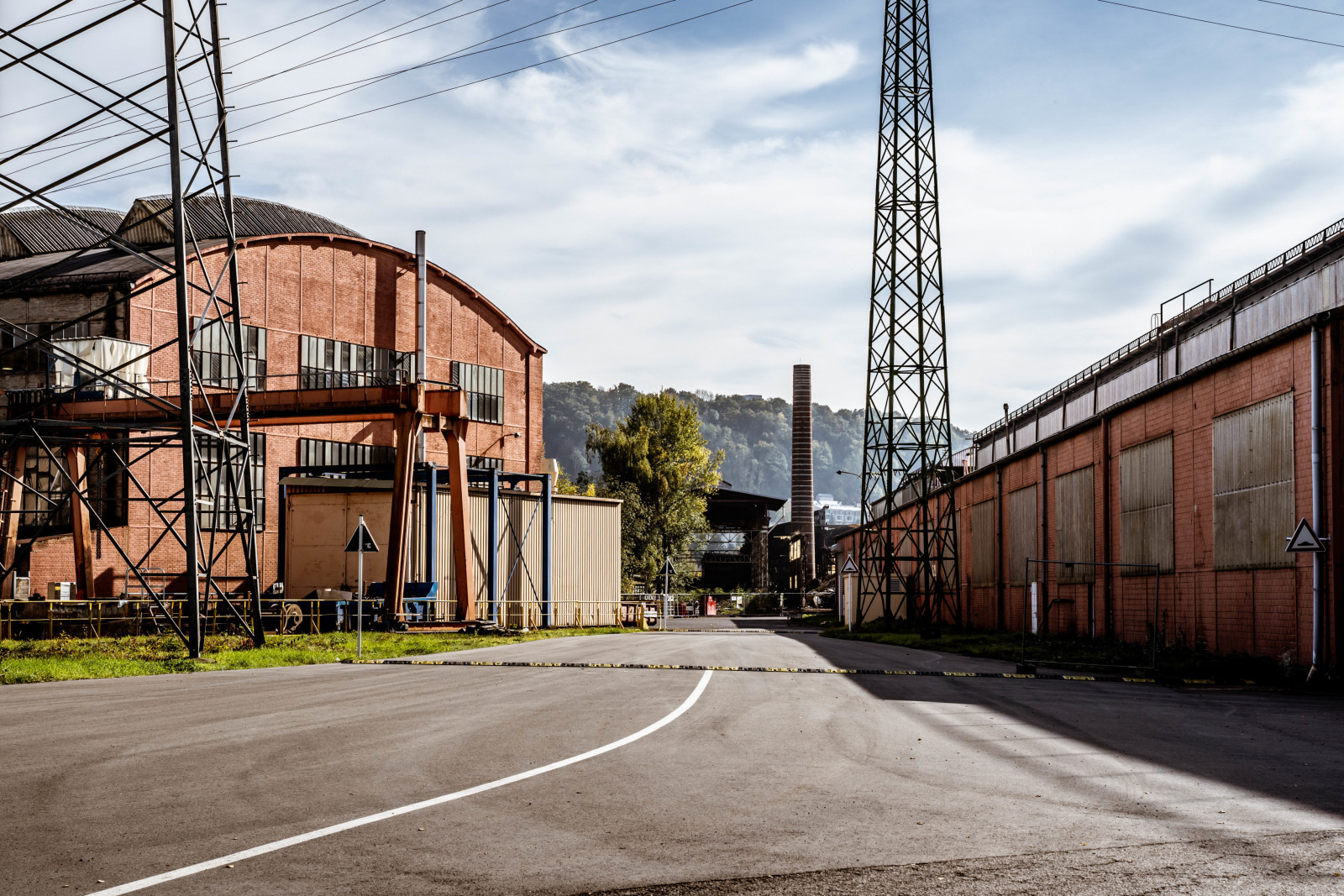
Charly
The Luxembourg to Echternach narrow-gauge railway, just one metre wide and known locally as “Charly”, also had a small station in Dommeldange, which up until 1920 was part of Esch: “Charlys Gare”. Charly was in operation from 1904 to 1954. The pretty station with its red-brick façade unfortunately fell victim to a fire. Today, a cycle path leads along the former railway line to Echternach.
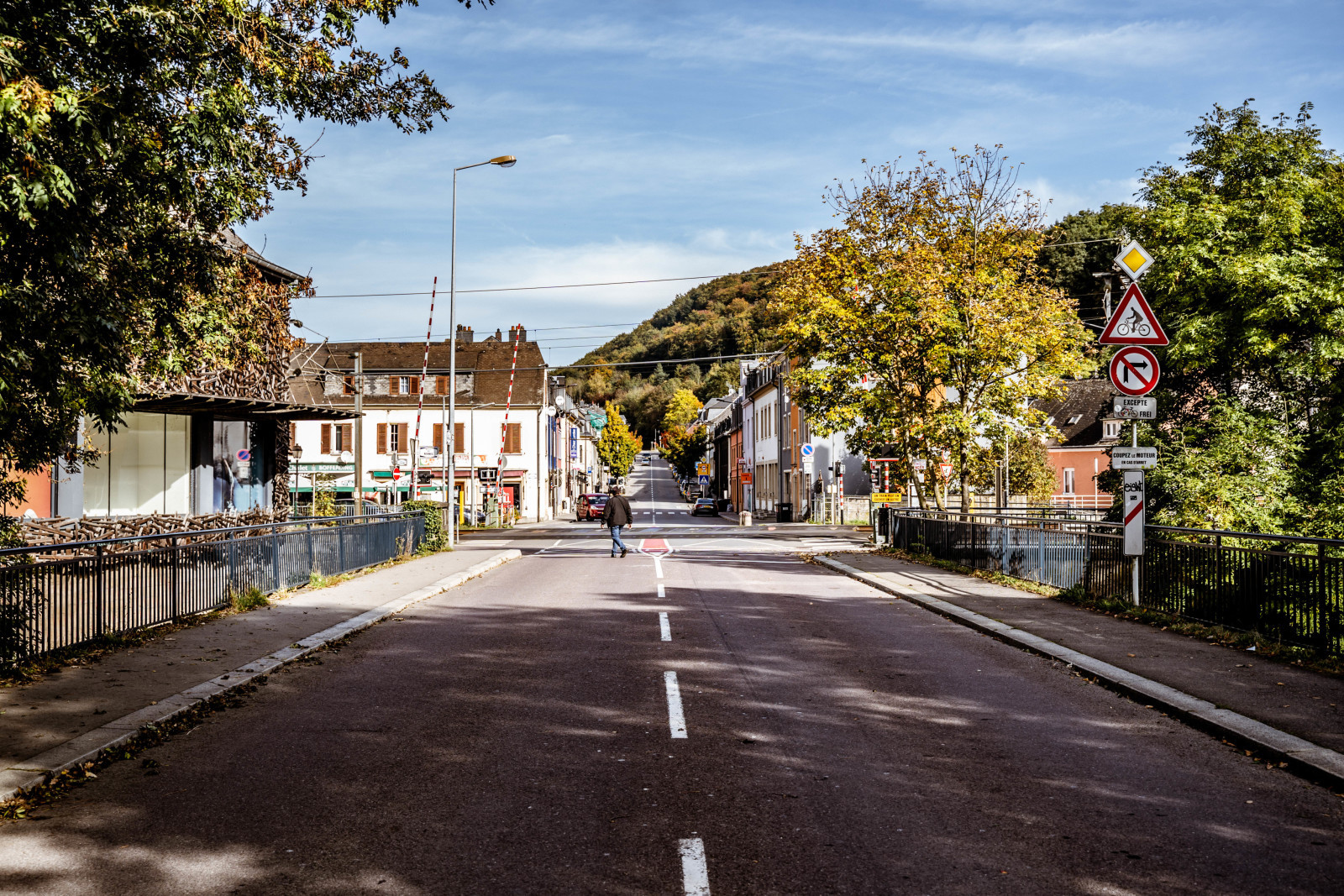
The return of the bittern?
Present-day Dommeldange has regained some of its pre-industrialisation charm and nature. The imposing castle, the former home of the Collart family, who owned the ironworks from 1777, is now home to the Chinese embassy. In the back of the castle park, which is open to the public, you can enjoy a pretty walk from the pond with its swans to a small waterfall. Next to the park, a pétanque court invites you to stop and play a game. The former Drescher carpentry is now a cultural hub for the local community (“Drescherhaus”), while the area around St. Hubert’s church and its fountain, the “Haupeschbur”, also lend Dommeldange its village-like character.
On the way to “Château de Beggen”, which now lies in the Dommeldange district, nature is also coming into its own again, and along the village stream, where once six mills stood, the first reed beds can be seen again. Perhaps the bittern will also be returning to Dommeldange soon.
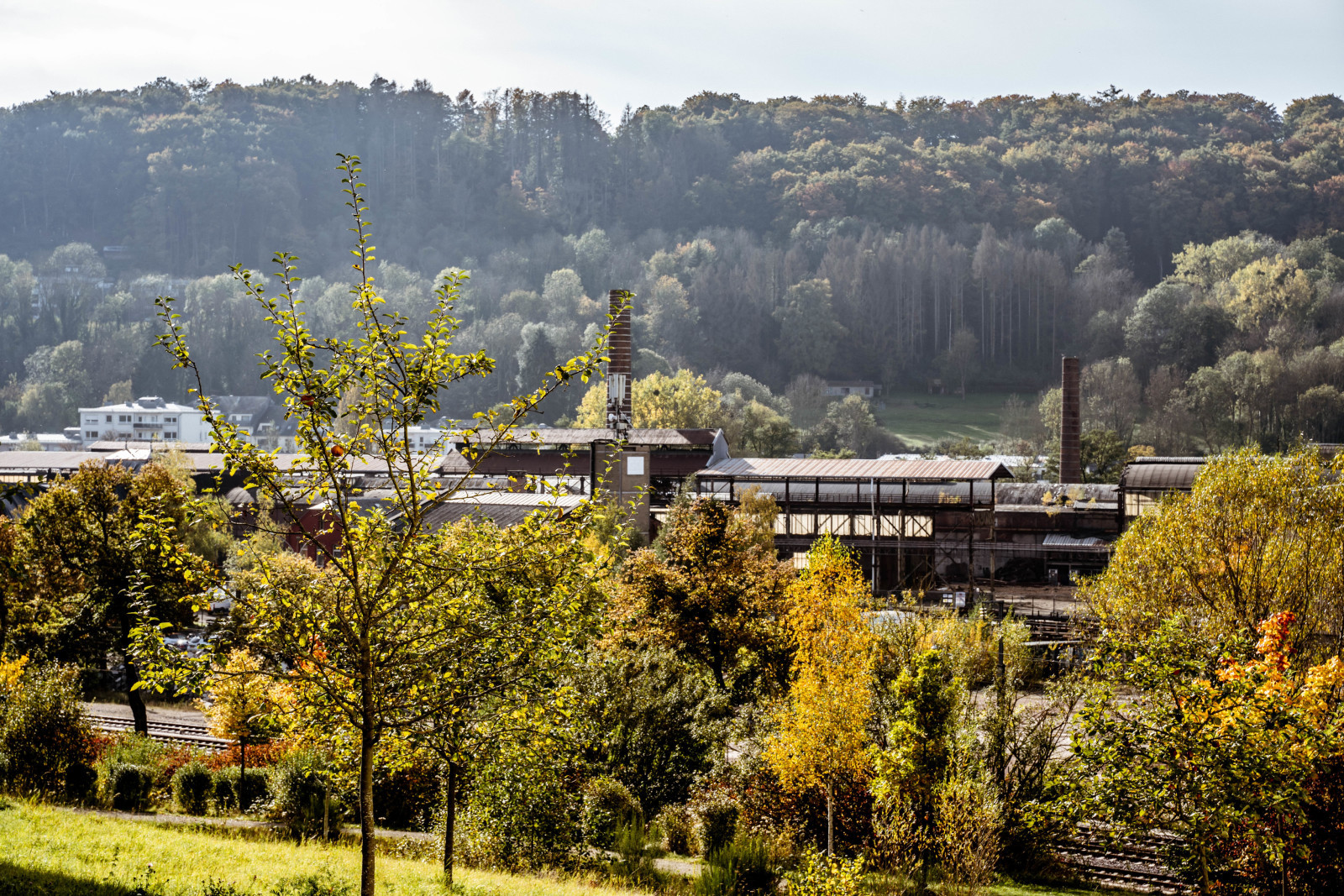
Photo gallery
How to get there?
By car:
You can check for available parking spaces on the Luxembourg-city parking guidance system.
By public transport:
To go around the city, check out www.mobiliteit.lu which offers live and practical information on public transport in Luxembourg.
Useful information: all buses, trams and trains within the country of Luxembourg are free of charge for citizens and visitors alike.



